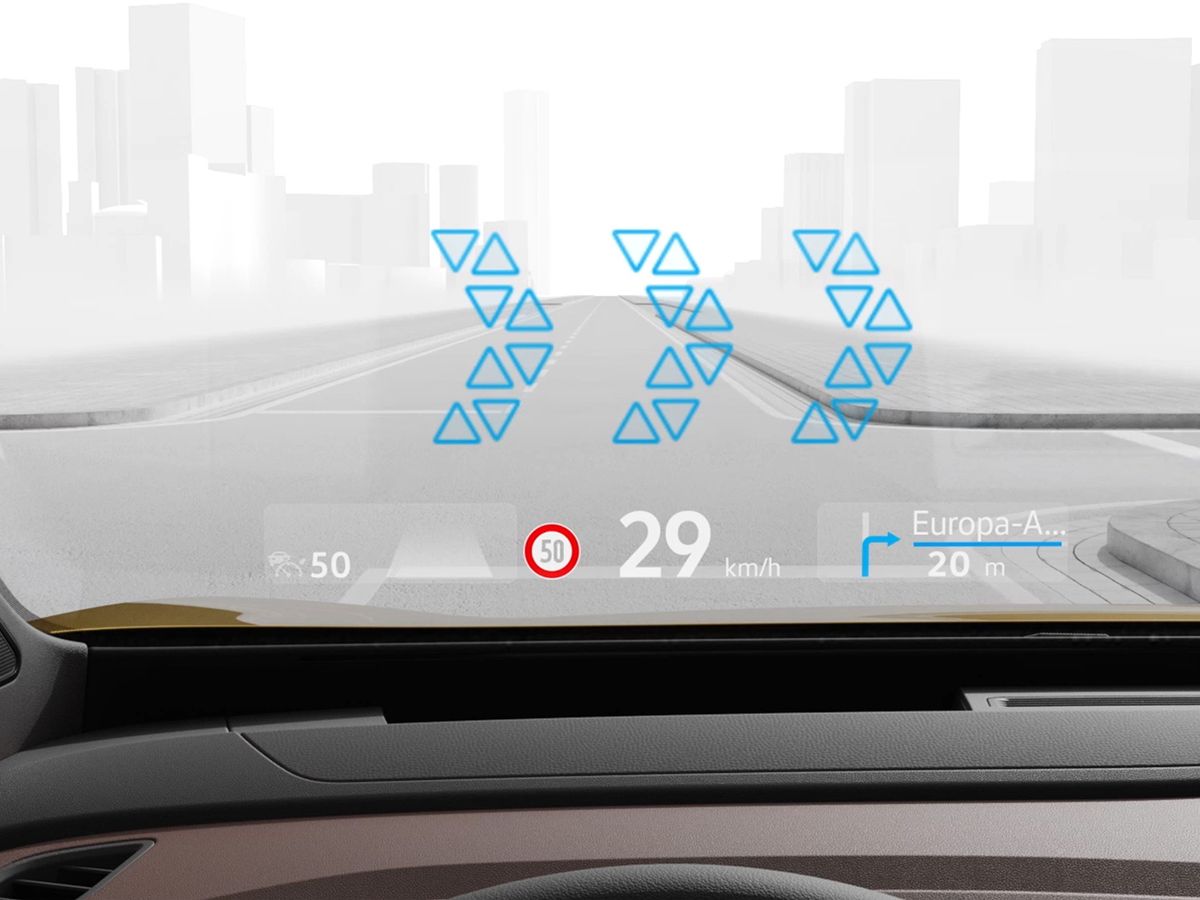Tech in the Classroom: Bridging the Education Gap in NZ - Opportunities & Challenges

New Zealand's education system is undergoing a significant transformation, driven by the increasing integration of technology. From online learning platforms to interactive digital tools, tech is offering exciting new possibilities for students across the country. But while the potential is immense, we need to be realistic about the challenges that lie ahead. This article explores how technology can help bridge the education gap in Aotearoa, while also addressing the hurdles we need to overcome to ensure equitable access and effective implementation.
The Promise of Technology in Education
For years, educators have sought ways to reach students who face barriers to traditional learning. Geographic isolation, socioeconomic factors, and learning differences can all create significant obstacles. Technology provides powerful solutions:
- Online Learning Platforms: These platforms provide flexible learning opportunities, allowing students to learn at their own pace and access resources anytime, anywhere. This is particularly beneficial for students in rural areas or those with commitments that make attending regular classes difficult.
- Digital Tools: Interactive whiteboards, educational apps, and online simulations can make learning more engaging and effective. They cater to different learning styles and provide immediate feedback, helping students grasp concepts more easily.
- Personalised Learning: AI-powered tools and adaptive learning platforms can tailor learning experiences to individual student needs, ensuring everyone receives the support they require to succeed.
The Challenges We Face
While the benefits are clear, implementing technology effectively in education isn't without its challenges. Here are some key areas that need attention:
- Infrastructure: Reliable internet access and adequate devices are essential. The digital divide – the gap between those who have access to technology and those who don't – remains a significant concern, especially in rural and low-income communities. Significant investment in broadband infrastructure is crucial.
- Teacher Training: Educators need the skills and confidence to effectively integrate technology into their teaching practices. Ongoing professional development is essential to ensure they can leverage these tools to enhance student learning.
- Digital Literacy: It’s not just about having access to devices; it’s about knowing how to use them effectively and safely. Students need to develop strong digital literacy skills to navigate the online world responsibly and critically.
- Cost: Implementing and maintaining technology infrastructure and providing devices can be expensive. Sustainable funding models are needed to ensure equitable access for all schools and students.
- Equity of Access: Addressing the digital divide requires a proactive approach, including providing affordable internet access, devices, and technical support to those who need it most.
Looking Ahead: A Tech-Enabled Future for NZ Education
Despite the challenges, the future of education in New Zealand is undeniably intertwined with technology. By addressing the infrastructure gaps, investing in teacher training, and promoting digital literacy, we can harness the power of technology to create a more equitable, engaging, and effective education system for all Kiwi kids. The key is a collaborative effort involving government, schools, communities, and technology providers. Let's work together to ensure that every student has the opportunity to thrive in a tech-enabled learning environment.





